Do Brazilian mojiana coffee beans taste good? What are the main coffee producing areas in Brazil?

Professional coffee knowledge exchange more coffee bean information please follow the coffee workshop (Wechat official account cafe_style)
Do Brazilian mojiana coffee beans taste good? What are the main coffee producing areas in Brazil?
Mojiana Mogiana coffee beans grow at an altitude of 1100-1250 Michael, which is obviously different from ordinary Brazilian coffee. It has a steady oil aroma and a slightly thicker taste than ordinary Brazilian coffee, although it tastes more bitter and less acidic than ordinary Brazilian coffee. It is very suitable for Chinese people who do not like acidic coffee!
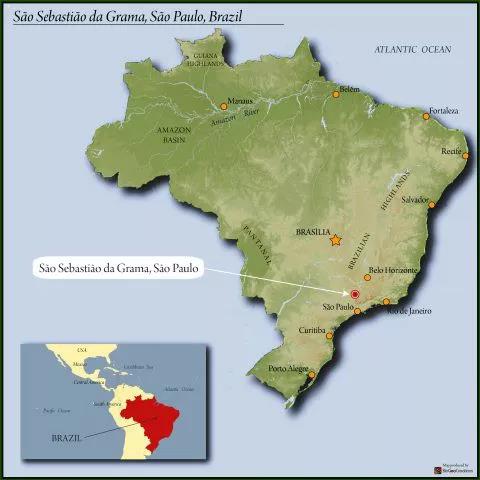
The main coffee producing areas in Brazil are Sul de Minas South Minas, Matas de Minas Minas Southeast Mountain Forest, Cerrado Hirado, Chapadas de Minas Minas Central and Northern Mausoleum, Mogiana Mogiana, Paran á Parana and Bahia Bachia. There are both traditional varieties and variants, such as Bourbon, Mondo Novo Mondonovo, Icat ú Ikatu, Kaduai, Iapar, cultivated card Taiyi.
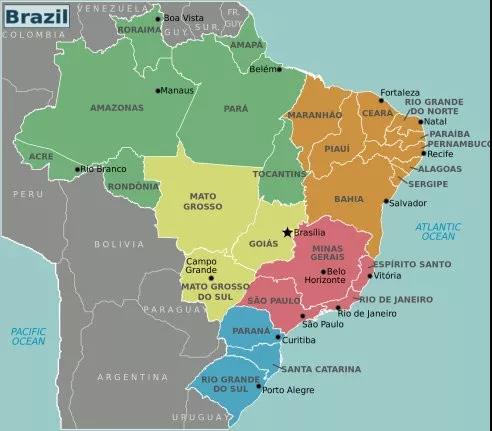
Brazil is the largest coffee producer in the world, accounting for about 30% of coffee production, but because Brazil is located in tropical rain forest areas with relatively flat terrain and few high-altitude mountain forests, most coffee is grown in low-altitude non-volcanic soil areas. And there is not much shade for shading, resulting in the disadvantage that Brazilian beans grow quickly, but the density and soft flavor of coffee does not change much. Coupled with large-scale machine harvesting of coffee beans with a wide range of maturity differences in coffee harvesting at the same time, so that the quality of Brazilian beans is not particularly outstanding has always stayed in the category of commercial beans.
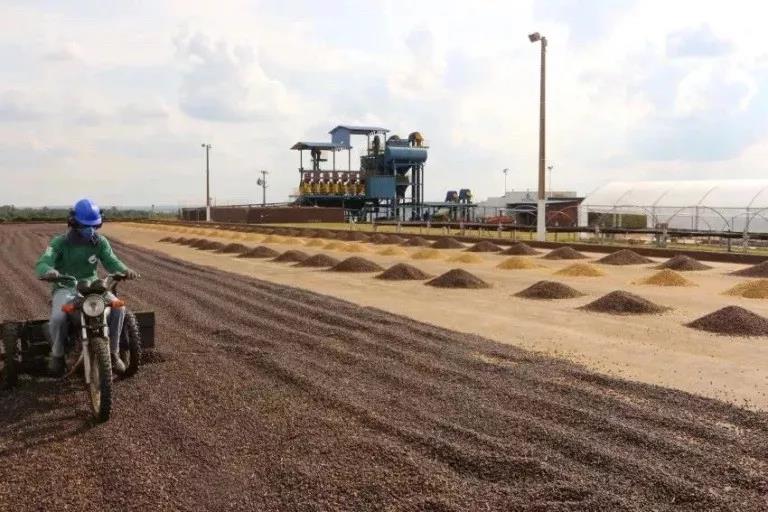
After 2000, due to the inducement of coffee competition, the quality of coffee beans produced in the high-altitude areas of the south was appreciated, mainly by the farms around the Minas platform, and the coffee quality was also the largest among Brazilian beans, such as Sirado in the west of Minas and Matas in the east, Bashiya in the north or small farms in the south, Minas almost became synonymous with Brazilian boutique coffee. In recent years, the coffee competition is so accurate that it is separated by treatment (water treatment, half water washing, half sun drying), which has developed a variety of flavors and taste, which is completely different from that of traditional Brazilian coffee. In particular, the half-sun method and the sun method performed best, the aroma of clean and low-acid fruit increased, and the rich chocolate flavor decreased.

Farm coffee is not harvested by machine, fully ripe coffee beans are picked by hand, dry aroma with citrus and fruit tea aroma, wet fragrance with black tea aroma, taste with elegant aroma of jasmine and herbal tea, and full-bodied oolong tea taste. It tastes very fresh and gentle, which is an amazing work rarely seen in Brazilian beans.

Bourbon, or Bourbon, also belongs to the Arabica species (variety of Coffea arabica). Because it was first found in island of Bourbon, it is named after the island, which is the current R é union. Bourbon species will yield less than other Arabian species (but slightly more than Typica), belong to low-and medium-yield tree species, and have poor wind and rain resistance than some emerging hybrids, but bourbon species can have a fuller and rising flavor when planted at high elevations (for example, more than 1000 meters). Therefore, some boutique estates in Central and South American countries in recent years are keen to promote this low-yield but high-quality variety. Such as El Salvador, Brazil and even Rwanda in East Africa.
When planted in bourbon at high altitude, it usually has a better aroma, and the acid is brighter, and it even tastes like red wine, while the sweetness is generally quite clear. in general, after the coffee tree blossoms and bears fruit, the color of the coffee fruit changes roughly as follows:
Flavor description: balanced sweet, creamy smooth, orange, apricot and other fruit flavor, chocolate, caramel flavor.

Country of origin: Brazil (Brazil)
Producing area: Jaina (Media Mogiana)
Manor: Queen's Manor
Variety: yellow bourbon
Treatment: peeling and tanning
Altitude: 1100PUE 1300m
Flavor: Sesame, almonds, baked peanuts, chocolate, cream
General impression: this is a sweet, well-balanced coffee, suitable for brown fans who don't like sour taste. With nutty and chocolate flavors as the main notes, the palate is full and solid, but slightly less layered.
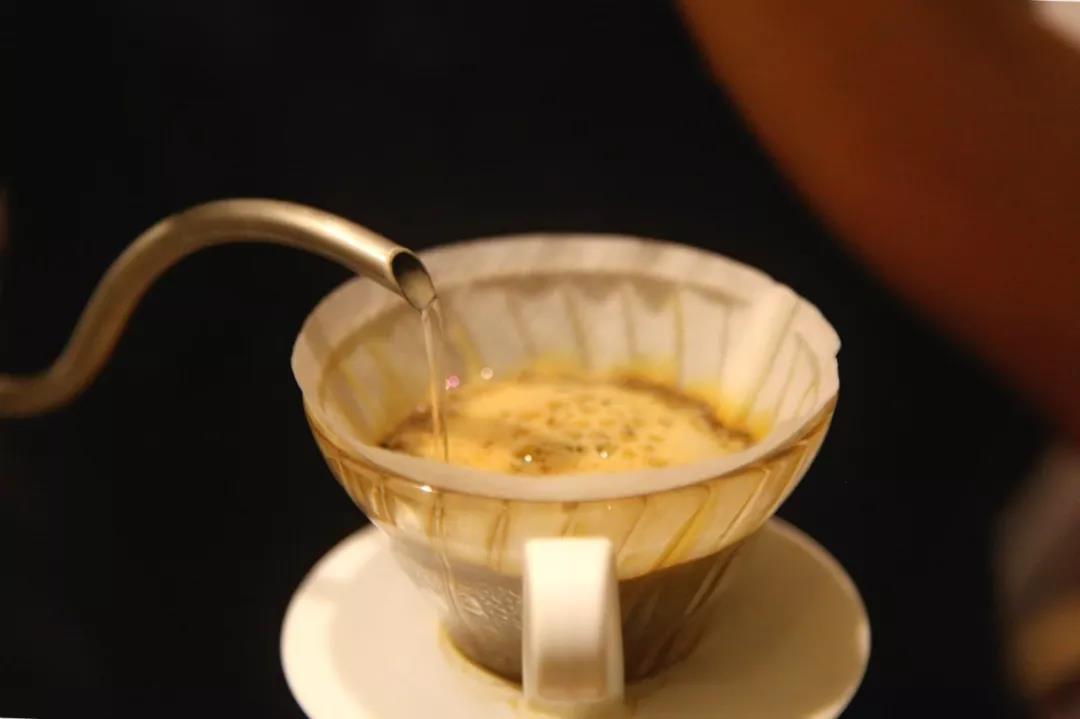
Qianjie recommended cooking:
Filter cup: Hario V60
Water temperature: 88 degrees
Degree of grinding: small Fuji degree of grinding 4
Cooking methods: the ratio of water to powder is 1:15, 15g powder, the first injection of 25g water, 25 s steaming, the second injection to 120g water cut off, waiting for the powder bed water to half and then water injection, slow water injection until 225g water, extraction time about 2:00
Analysis: using three-stage brewing to clarify the flavor of the front, middle and back of the coffee. Because V60 has many ribs and the drainage speed is fast, it can prolong the extraction time when the water is cut off.
Other cooking suggestions:
Normal pressure: medium grinding, ratio of water to powder 1:15, water temperature 87 ~ 89 °C
Siphon kettle: medium and fine grinding, water powder ratio 1:15, water temperature 87 ~ 89 °C
Important Notice :
前街咖啡 FrontStreet Coffee has moved to new addredd:
FrontStreet Coffee Address: 315,Donghua East Road,GuangZhou
Tel:020 38364473
- Prev
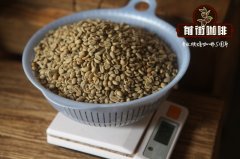
The flavor and characteristics of EU+NOP sun-dried beans from Saquarema Farm in South Minas, Brazil? How to flush by hand
Professional coffee knowledge exchange more coffee bean information please follow the coffee workshop (Wechat official account cafe_style) South Minas Saquarema Farm in Brazil the flavor and characteristics of sun-dried beans EU+NOP? How to cook it by hand? After 2000, due to the inducement of coffee competition, the quality of coffee beans produced in the high altitude areas of the south was appreciated, surrounded by its Minas platform.
- Next
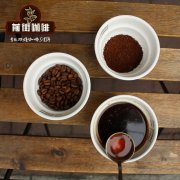
What is the flavor and taste of Ipanema selected beans in Ipanema Manor, Brazil? Chateau Ipanema, Brazil
Professional coffee knowledge exchange more coffee bean information please follow the coffee workshop (Wechat official account cafe_style) Brazil Ipanema estate Ipanema selected beans flavor and taste? How to cook coffee beans in Ipanema Manor, Brazil? Since the introduction of coffee trees from French Guiana (Guyana) in 1720, coffee production has gradually become a science. Before 1990, Brazil
Related
- Detailed explanation of Jadeite planting Land in Panamanian Jadeite Manor introduction to the grading system of Jadeite competitive bidding, Red bid, Green bid and Rose Summer
- Story of Coffee planting in Brenka region of Costa Rica Stonehenge Manor anaerobic heavy honey treatment of flavor mouth
- What's on the barrel of Blue Mountain Coffee beans?
- Can American coffee also pull flowers? How to use hot American style to pull out a good-looking pattern?
- Can you make a cold extract with coffee beans? What is the right proportion for cold-extracted coffee formula?
- Indonesian PWN Gold Mandrine Coffee Origin Features Flavor How to Chong? Mandolin coffee is American.
- A brief introduction to the flavor characteristics of Brazilian yellow bourbon coffee beans
- What is the effect of different water quality on the flavor of cold-extracted coffee? What kind of water is best for brewing coffee?
- Why do you think of Rose Summer whenever you mention Panamanian coffee?
- Introduction to the characteristics of authentic blue mountain coffee bean producing areas? What is the CIB Coffee Authority in Jamaica?

